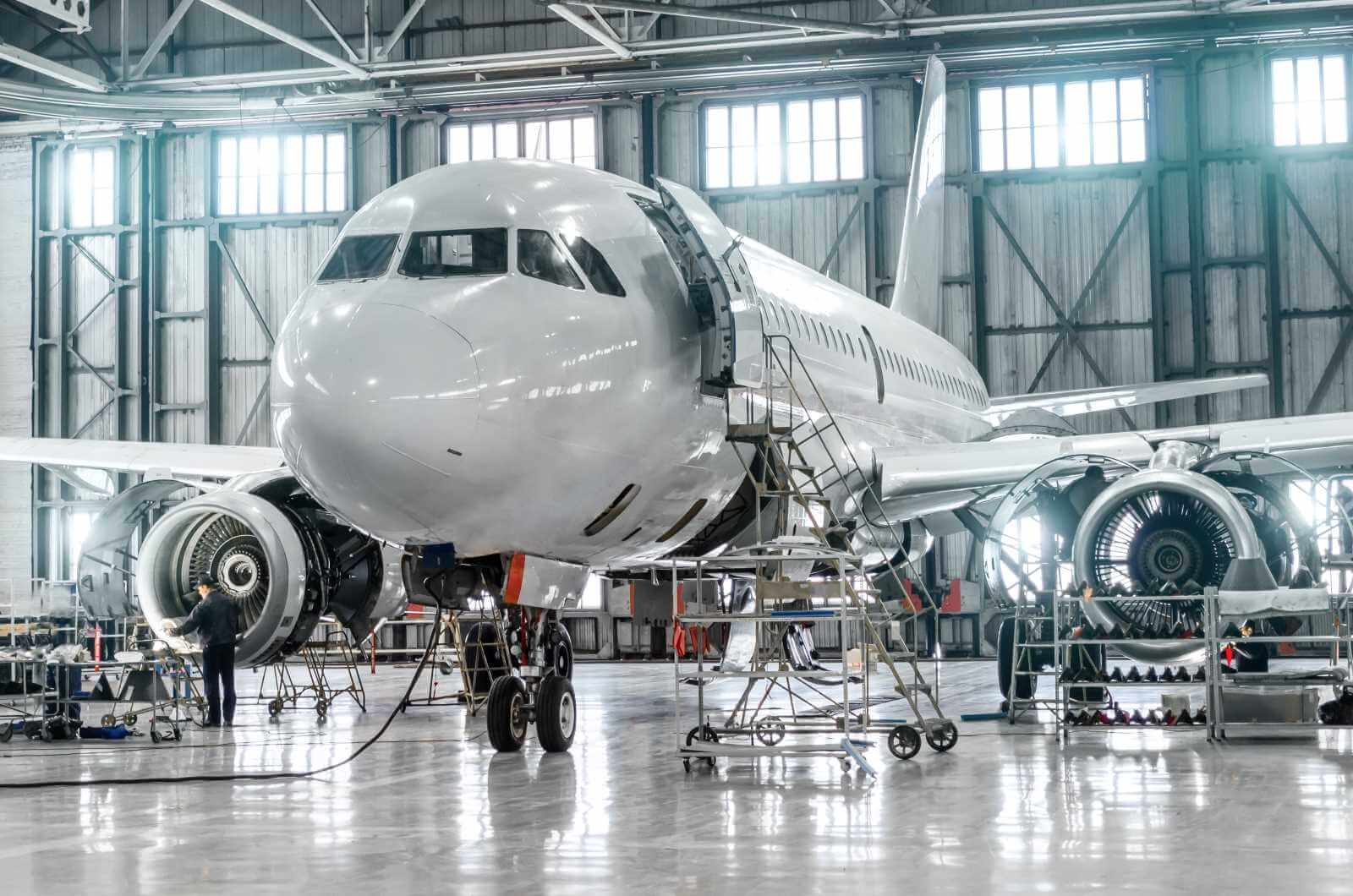Combat the Legacy Issue with Outsourced Engineering
The U.S. military is currently facing challenges with its legacy aircraft fleets. A backlog of equipment, obsolete parts, and a growing need for maintenance pose hurdles for the military to get their aircraft in the air–and keep them there.
Budgetary constraints and the rate at which parts and vehicles must be replaced result in large numbers of troops using outdated and often dangerous equipment on the battlefield. Left without adequately maintained equipment, the Department of Defense (DoD) must look to new solutions to upgrade their fleets within budget.
The Legacy Issue
Over the past year, the Government Accountability Office (GAO) examined 49 aircraft to find that only four met their annual mission-capable goal in fiscal years 2011-2021. The mission-capable rate assesses the health and readiness of the aircraft fleet based on the percentage of total time when the aircraft can fly and perform a mission. Comparing these rates to those before 2011, mission-capable rates have dropped significantly–and it's clear why.
Like any technology, aircraft systems and parts grow outdated over time. As such, they must be repaired and upgraded to remain in working condition. Unfortunately, many of the complex systems needed for these aircraft systems are no longer available. This means that the DoD needs to entirely replace these parts (which would require substantial investments) or develop entirely new materials (requiring niche and expert skills).
Even beyond replacing specific parts, the DoD is experiencing additional sustainment challenges, including:
- Delays in acquiring replacement aircraft
- Unexpected replacement of parts and repairs
- Access to technical data
- Shortage of trained maintenance personnel
- Parts obsolescence
- Parts shortage and delay
The past few years have created the perfect storm of challenges inhibiting the use of countless military aircraft fleets. Between a lack of materials and skills, it's growing increasingly challenging–and expensive–for the military to get these fleets up and running. In fact, operating and support costs totaled $54 billion in the fiscal year 2020 for the reviewed aircraft, primarily due to maintenance costs.
To address the legacy issue, the DoD and other military bodies must acquire the supplementary talent needed to assess, maintain, and upgrade their aging legacy fleets.
Access to Technical Data
Access to technical data is a challenge identified in the U.S. military's navy, joint, army, and marine corps branches. This poses a significant hurdle to these branches upgrading and maintaining their equipment for proper usage. Without accurate data on these fleets and vehicles, the DoD cannot be expected to monitor the status of their equipment properly, much less keep it upgraded and maintained.
So, why is there a struggle to gain access to technical data? One of the primary reasons is a lack of sufficient personnel. The personnel needed to obtain and convert this data into comprehensible information is severely limited. The skills required to perform complex testing are niche and, as such, hard to come by. Additionally, advanced equipment is needed to gather and compute such data. Both of these resources are in short supply and expensive.
Fortunately, there is a solution to this challenge. While obtaining more resources and personnel seems like a simple fix, the shortage of resources poses an issue to this. As such, they are turning to outsourced support that can serve as a significant aid to the DoD. Outsourced engineers, particularly those with military expertise, can supplement the DoD's current talent, providing them the means to scale their technical data mining and computing efforts.
Expert engineers have the experience to perform complex testing on advanced equipment. Furthermore, engineers with military experience have the knowledge to understand the intricacies of military-grade equipment, ensuring that data is properly understood and put to use. In scaling the collection of this data and obtaining more support in applying it, the DoD can improve its testing on legacy fleets, allowing them to stay ahead of repairs, maintenance, and more. Consequently, they can overcome other challenges, such as the unexpected replacement of parts and repairs, and thus, delays in acquiring replacement aircraft.
Scale Maintenance Efforts
The "DOD relies on program managers to lead the development, delivery, and sustainment of individual weapon systems through their life cycles." However, program managers are limited by the size of their workforce. In outsourcing to a managed engineering provider, the DoD can significantly support its program management and, as a result, scale maintenance efforts. Outsourced engineers can provide the DoD with the workforce needed to conduct systems and parts testing, maintenance upgrades, and eventually develop new materials.
While some fleets, such as the UHIN, met their goals in the past fiscal year, this was because of the fleet's small size. Aircraft such as this have a boneyard of parts from which the DoD can extract extra parts. Unfortunately, this isn't the case for most fleets. As many of their parts have gone obsolete, the DoD needs engineering and military experts to provide accurate lifecycle estimates for fleets and even begin the development of new parts.
With capabilities such as component and systems testing, mechanical and electrical engineering, design optimization, and more, outsourced engineers have the tools and expertise needed to replace and repair outdated parts.
Additionally, with more support on any given project, the DoD can significantly scale maintenance efforts. This will ensure that fleets are managed and maintained effectively, increasing the number of working fleets while keeping costs down.
Sustaining Aging Legacy Fleets
The DoD is working feverishly to address the issue of aging legacy fleets, but with budgetary constraints and limited qualified personnel, doing so is growing increasingly cumbersome. Fortunately, outsourced engineering experts with personal military experience can serve as the perfect solution.
With an outsourced engineering provider, military bodies such as the DoD can overcome many hurdles contributing to the legacy issue. With a scaled workforce of experts in both the engineering and military industries, the DoD can scale maintenance efforts, obtain technical data, conduct complex testing, and more--cost-effectively.
Are You Looking for a Managed Engineering Provider?
Intertec Engineering is a qualified managed engineering provider equipped to help your organization succeed in projects of any size or complexity. Our engineers have direct experience working within the aerospace and military industry, ensuring they can support the intricacies of military-grade projects. As such, our experts are prepared to help you accomplish your goals–on time and within budget.
With our team, your organization will obtain cost-effective and accurate solutions to combat the growing military legacy issue. Through this partnership, we will help you improve quality, reduce costs, and meet deadlines.
If you're interested in learning more about Intertec Engineering's solutions, download our free resource: an interview with General Anthony Tata, a senior advisor to the Intertec Engineering leadership team. Beyond his role at Intertec Engineering, General Tata has years of experience in the military and DoD, as well as extensive knowledge of aviation maintenance & engineering.





